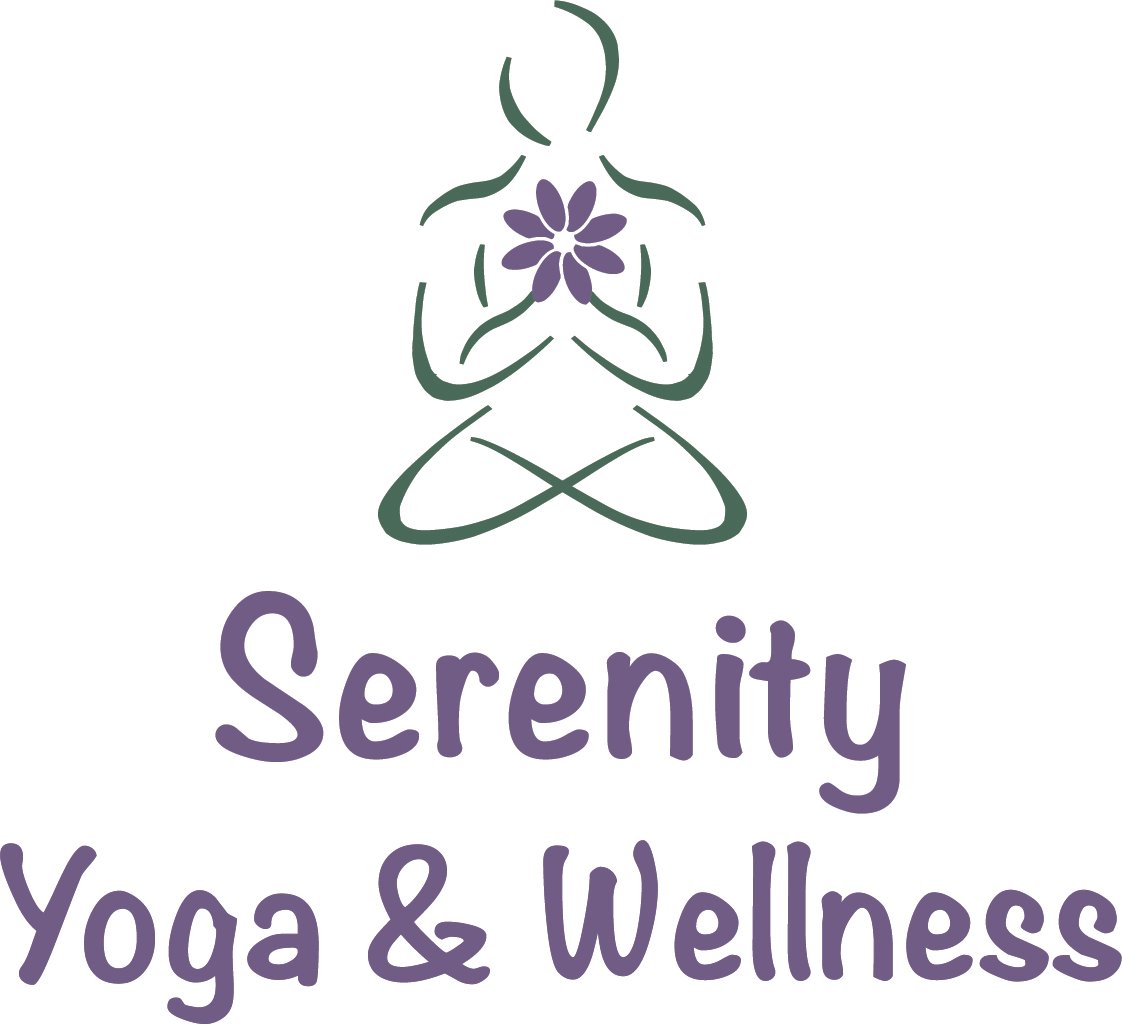What’s the Deal with Hip Openers—And Why Do We Cry in Pigeon Pose?
Let’s be honest: hip openers have a reputation. They can be intense, awkward, and sometimes deeply emotional. If you’ve ever found yourself unexpectedly tearing up in pigeon pose or suddenly irritable after a deep lunge, you are not alone.
Here’s what might be happening.
The hips are one of the body’s primary emotional storage centers. While that might sound like wellness folklore, there’s growing evidence from somatic psychology and trauma research that our bodies actually hold onto stress and emotion—and the hips are often a central place where that tension settles.
Think about it: how many times have you clenched your hips or glutes when you were bracing yourself for something difficult? Over time, those physical responses become habitual. Layers of stress, trauma, grief, and even unexpressed joy can get stored in the fascia, joints, and muscles of the hips.
When we finally slow down and stretch this area deeply, we create space for those old, held emotions to move. That movement can feel like heat, discomfort, shakiness, or yes, tears.
So, what exactly is a hip-opening posture?
Hip openers are yoga poses that stretch and create space in and around the pelvic area, including the hip flexors, inner thighs, outer hips, and glutes. These muscles and connective tissues are often tight from sitting, running, cycling, or simply holding stress.
Examples of common hip openers include:
Pigeon Pose:: A deep stretch for the outer hip and glute of the front leg, while lengthening the hip flexors of the back leg.
Lizard Pose: A low lunge variation that deeply opens the hip flexors and inner groin.
Frog Pose: A powerful pose to stretch the inner thighs and groin.
Garland Pose: A deep squat that stretches the lower back, hips, and ankles.
What might these postures feel like?
You may feel a deep, dull stretch or an intense sensation that borders on emotional release. Your breath might feel shallow at first, but slowing it down can help you settle into the shape. You might notice mental resistance or distraction as old emotions rise up. And yes—tears, frustration, or even laughter may surface. Let it. All of it is welcome.
This isn’t a bad thing. In fact, it’s incredibly healing.
These moments are not something you need to push away, but rather signs that you’re releasing what your body no longer needs. Whether you feel something intense or nothing at all, you’re doing important work simply by showing up.
Here are a few reminders:
Feeling emotional in class is normal and healthy.
Not feeling anything is also normal and healthy.
Let your breath be your guide.
You don’t need to fix, analyze, or understand the feeling.
The body knows how to heal when we give it space.
So the next time your hips start whispering (or yelling), pause. Breathe. Feel. And know that we’re right there with you.
